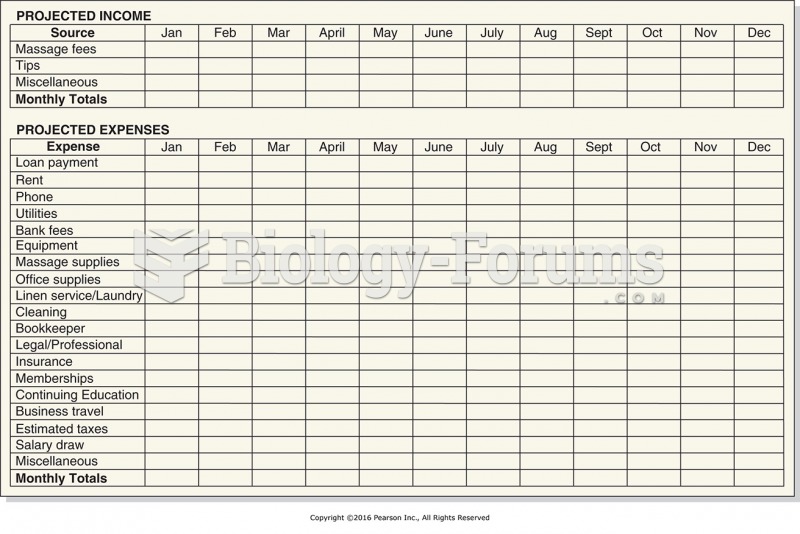M.M., a 76-year-old retired schoolteacher, is postoperative day 2 after an open reduction and internal
fixation (ORIF) for a fracture of his right femur.
His preoperative control prothrombin time/international
normalized ratio (PT/INR) was 11 sec/1.0 and his activated partial thromboplastin time (aPTT) was 35 seconds. He has been on bed rest since surgery. At 0800, his vital signs (VS) are 132/84, 80 with regular
rhythm, 18 unlabored, and 99 F (37.2 C). He is awake, alert, and oriented with no adventitious heart
sounds. Breath sounds are clear but diminished in the bases bilaterally. Bowel sounds are present and
he is taking sips of clear liquids. He is receiving an intravenous (IV) infusion of d5 NS at 75 mL/hr in his
left hand, and orders are to change it to a saline lock this morning if he is able to maintain adequate oral
fluid intake. He has orders for oxygen (O2) to maintain Spo2 over 92, but he has been refusing to wear
the nasal cannula. His laboratory work shows Hct, 34; Hgb, 11.3 mg/dL; K, 4.1 meq/L; aPTT, 44 sec. Pain is
controlled with morphine sulfate 4 mg IV as needed every 4 hours, and he has promethazine (Phenergan)
25 mg IV q4h if needed for nausea. He is receiving heparin 5000 units subcutaneously bid, taking docusate sodium (Colace) PO once daily, and wearing a nitroglycerin patch.
At 1830 you answer M.M.'s call light and find him lying in bed breathing rapidly and rubbing the right
side of his chest. He is complaining of right-sided chest pain and appears to be restless.
What will you do?
What will be an ideal response?
Question 2
When inspecting the skeletal pin sites, you note that the skin is reddened for an inch aroundthe pin on both the medial and lateral left leg.
What does this finding indicate, and whataction will you take?







